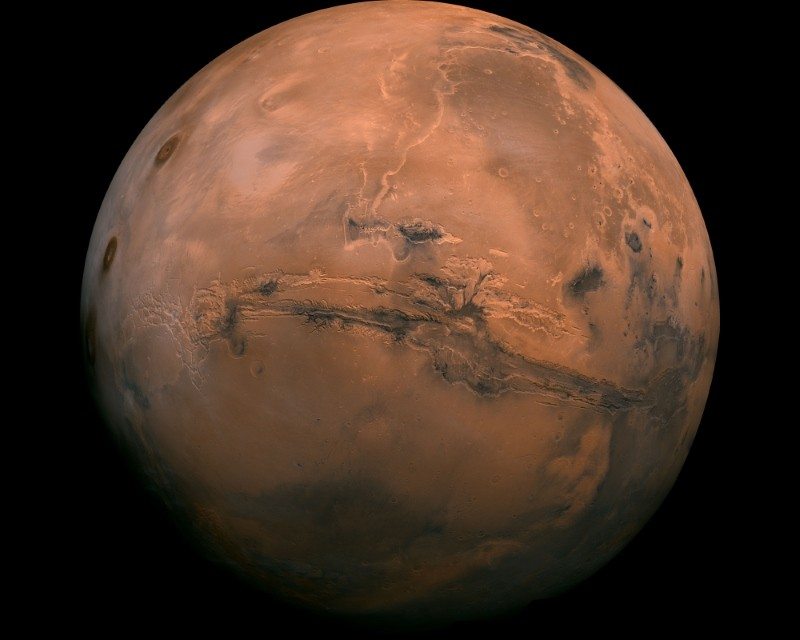Congress Tells NASA: Get to Mars by 2033
Ashley Allen / 8 years ago

Both chambers of US Congress have passed a bill that approves funding new funding for NASA and mandates that the aeronautics agency create a roadmap to get humans to Mars within 25 years. The NASA Transition Authorization Act of 2017 – put to Congress late last year and passed by the Senate earlier this year before approval by the House of Representatives on 7th March – grants $19.508 billion to NASA to plan a human Mars mission for the 2030s, plus funding a return to the Moon and a unmanned mission to Jupiter’s ice-covered moon, Europa, as well as a plethora of Earth and space-based endeavours.
Now that both chambers of Congress have approved the bill, President Trump – who has already voiced his support for a manned NASA mission to Mars – will either sign the bill into law or veto it.
Key sections of Congress’ 146-page document include (via Business Insider):
- “Assuring Core Capabilities For Exploration” — calls for several missions: an uncrewed launch of SLS and Orion in 2018, followed by a crewed mission to the moon in 2021, and further trips to the moon and Mars after that date;
- “Journey to Mars” — asks NASA for a roadmap to send people to Mars by 2033; also steers the space agency away from pursuing the Asteroid Redirect Mission (a plan to capture an asteroid, tow it into orbit around Earth, and have astronauts explore the space rock);
- “Human Space Flight And Exploration Goals And Objectives” — says it’s the mission of NASA to “to expand permanent human presence beyond low-Earth orbit”;
- “Aeronautics” — calls on NASA to be a leader in aviation and hypersonic aircraft research; also asks the space agency to look into supersonic aircraft research that would “open new global markets and enable new transportation capabilities”;
- “Mars 2020 rover” — Congress backs up NASA’s plan to use the car-sized rover to “help determine whether life previously existed on that planet”;
- “Europa” — approves of NASA’s plan to send a probe to Jupiter’s ice-covered moon Europa, which may have a warm subsurface ocean (and possibly host alien life);
- “Congressional declaration of policy and purpose” — amends previous laws to make it part of NASA’s mission to “search for life’s origin, evolution, distribution, and future in the universe”;
- “Extrasolar planet exploration strategy” — asks NASA to explain how it will use the James Webb Space Telescope and other instruments to hunt for exoplanets;
- “Near-Earth objects” — asks NASA to accelerate its program to find killer asteroids in space;
- “Radioisotope power systems” — implores NASA to deliver a report on how it plans to make plutonium-238 — an exceedingly rare nuclear fuel for deep-space robots — and detail what its nuclear-powered exploration plans are.



















